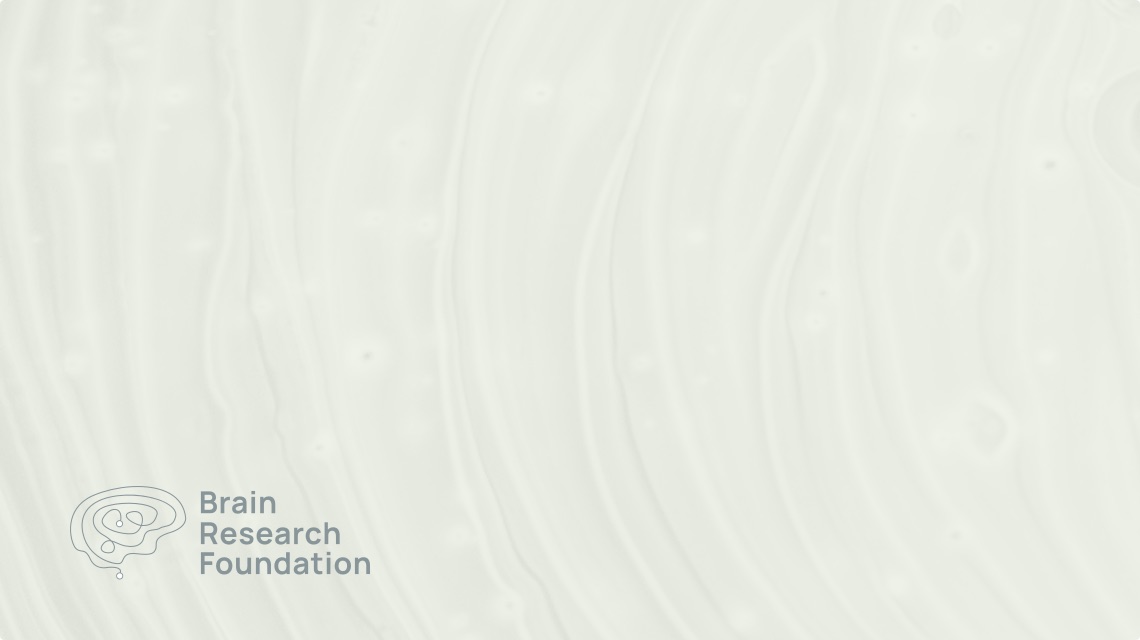2016 Seed Grant
Sreekanth H. Chalasani, Ph.D.
The Salk Institute for Biological Studies
To understand how the brain functions, researchers must be able to functionally manipulate specific types of neurons to determine which behaviors they control. Light-based methods (optogenetics) for stimulating neurons have revolutionized this field, but these methods suffer one major drawback – light does not penetrate the skin, and when delivered internally (i.e., invasively) is rapidly scattered by tissue and bone. In contrast, ultrasound can be delivered non-invasively through the skin and focused to very small regions within the body (1 mm2). Thus, ultrasound represents an ideal way of activating neurons. We have recently identified a protein that responds to a single pulse of ultrasound stimuli at 2 MHz, and hypothesized that target neurons forced to express this protein could be controlled via ultrasound. We call our system “sonogenetics”, and have validated this technique using the C. elegans nervous system. We have shown that C. elegans neurons expressing an ultrasound-sensitive protein can be manipulated noninvasively. We now propose to further develop this method and to extend this technique to the mammalian brain. We will first determine which mechano-sensitive proteins respond to ultrasound stimuli, and generate protein variants with enhanced functionality (Aim 1). In collaboration with bioengineers, we will develop a form-fitting cap that can hold an ultrasound transducer on the head of a mouse and deliver an ultrasound wave of appropriate intensity to a specific brain region. We will use viral vectors to deliver ultrasound-sensitive proteins to specific targets deep within the brain, and test whether ultrasound stimuli can subsequently be used to manipulate them (Aim 2). The noninvasive nature of our sonogenetic approach will facilitate the translation of this method into therapeutic applications for treating a range of human conditions.

